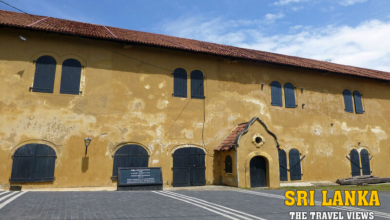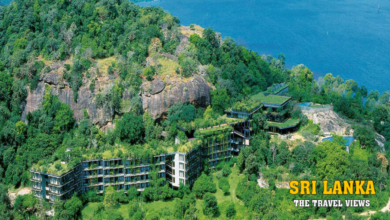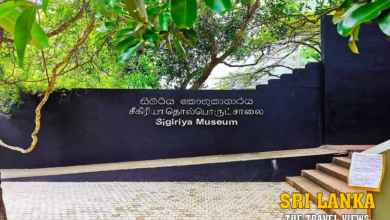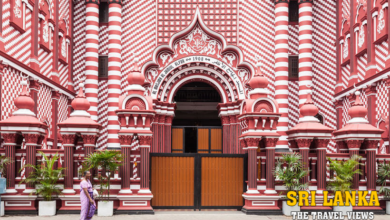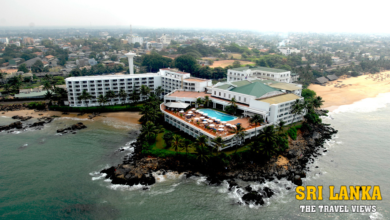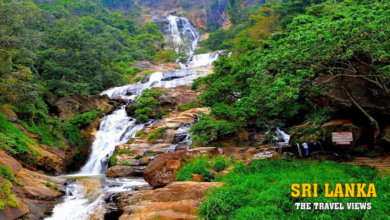Introduction
Yapahuwa, nestled in the verdant landscapes of Sri Lanka’s North Western Province. It stands as a testimony to the island’s rich medieval history. This ancient rock fortress, perched majestically on a steep granite rock, holds the remnants of a once-flourishing kingdom that thrived during the 13th century.

With its strategic location and architectural grandeur, Yapahuwa is not only a historical marvel. But also a symbol of Sri Lanka’s cultural heritage and resilience.
Historical Significance of Yapahuwa
Yapahuwa served as the capital of the island’s Kingdom of Dambadeniya during the reign of King Buwanekabahu I in the 13th century. The fortress was chosen as the capital due to its strategic location, providing a natural defense against potential invasions.
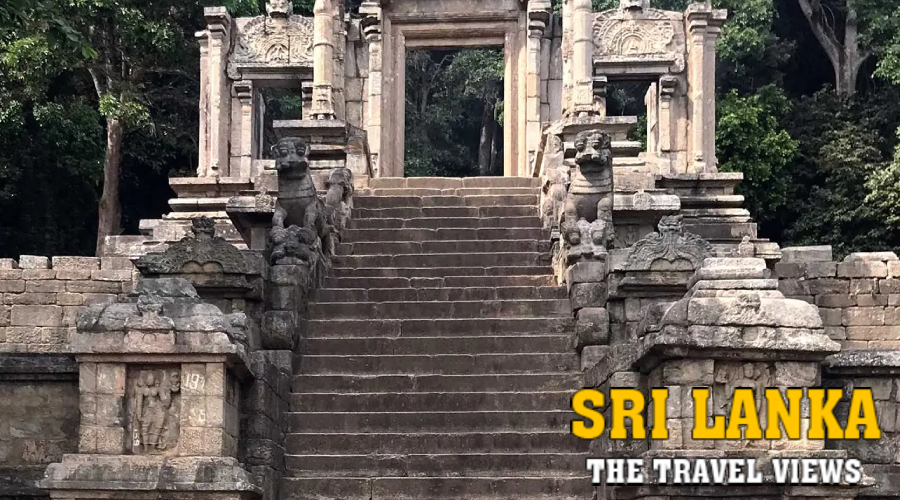
The kingdom flourished under the king’s reign, and Yapahuwa became a vibrant cultural and religious center, attracting scholars, artists, and devotees from all corners of the island.
Architectural Marvels of Yapahuwa
The architectural splendor of Yapahuwa is evident in the remaining ruins that stand as a testament to the skilled craftsmanship of the time. The most remarkable feature of the fortress is the massive stone staircase that leads to the summit. The staircase is adorned with intricate carvings of lions, elephants, and other mythical creatures, showcasing the artistic brilliance of the ancient craftsmen.
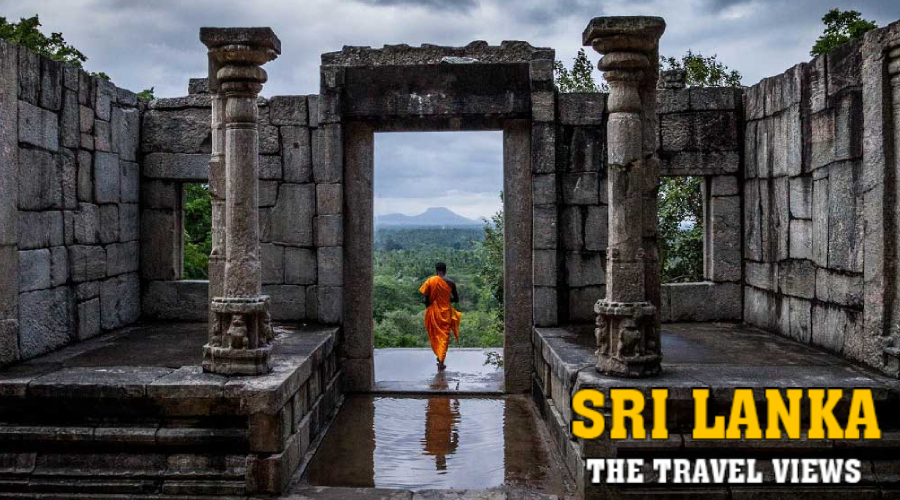
At the summit, the main attraction is the ornately carved stone entrance known as the Yapahuwa Lion Gate. The gate is guarded by two stone lions with human faces, resembling mythical creatures from ancient folklore. This gate not only served as a defensive structure but also exemplified the artistic and architectural prowess of the time.
Religious and Cultural Significance of Yapahuwa
Yapahuwa was not only a military stronghold but also a center of religious and cultural activities. The fortress housed numerous temples and monasteries, attracting Buddhist monks and scholars.
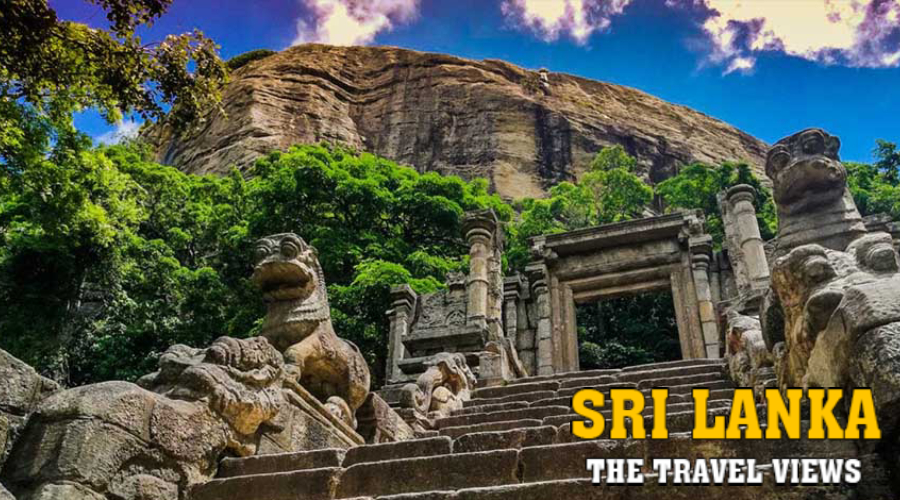
The most prominent religious structure at Yapahuwa is the Stupa, a hemispherical mound containing sacred relics of Lord Buddha. The stupa, though in ruins, still bears witness to the devotion and religious fervor of the ancient inhabitants.
Decline and Legacy
Despite its grandeur, Yapahuwa’s reign as the capital was relatively short-lived. After the death of King Buwanekabahu I, the royal court shifted the capital to Kurunegala, causing Yapahuwa to decline as a major administrative and religious center. The fortress faced various invasions and was eventually abandoned, falling into ruins over the centuries.
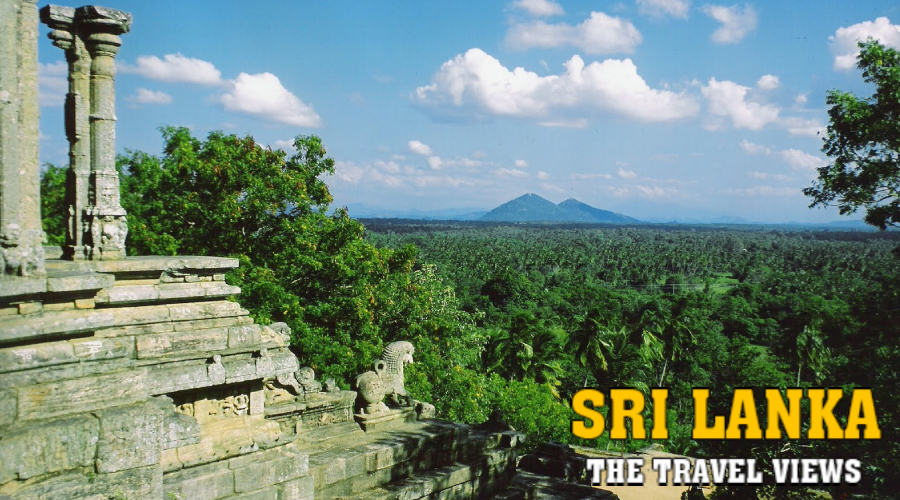
Today, Yapahuwa stands as a heritage site protected by the Sri Lankan government. It attracts both local and international tourists who come to explore its historical significance and architectural marvels. The site has been extensively studied and excavated by archaeologists, shedding light on Sri Lanka’s medieval past and providing valuable insights into the country’s cultural heritage.
Preservation and Tourism
Efforts have been made to preserve and conserve the remnants of Yapahuwa, ensuring that this historical treasure is passed down to future generations. The site has been declared as a protected archaeological site by the government. And measures have been taken to prevent further deterioration of the ruins.
Conclusion
Yapahuwa, with its historical significance, architectural splendor, and cultural legacy, stands as a proud symbol of Sri Lanka’s medieval heritage. As a rock fortress that once served as a capital and religious center, Yapahuwa’s ruins offer a glimpse into the island’s glorious past.
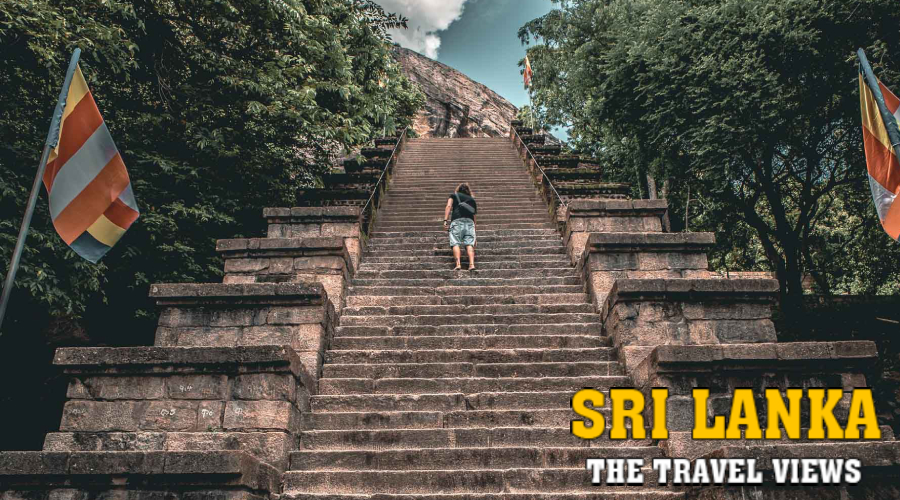
By preserving and promoting this historical marvel, Sri Lanka not only honors its cultural heritage. But also invites the world to delve into its rich and fascinating history.


